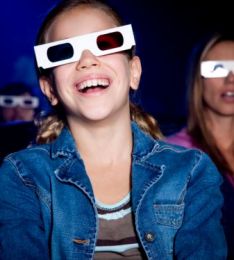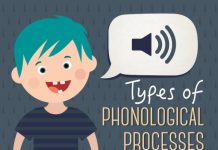Parents are constantly warning kids how too much TV viewing and long periods of staring into a computer monitor can be bad for them. So it should follow that TVs that use the 3-D technology will be even worse? Well yes and no.
On the one hand is the fact that we actually view the world in three dimensions, so why should it be a problem to view artificially produced images in 3D as well? This view states that there is no problem related to watching 3D images and that it isn’t really going to be bad for the eyes.
Doctors are in fact more concerned about the impact of excessive TV viewing of any sort on the brain itself rather than 3D viewing in particular on the eyes.
However, on the other hand is the fact that people do experience headaches, dizziness and nausea when viewing movies such as The Blair Witch Project. Many report motion sickness and other discomforts from viewing the world through the glasses in artificial 3D.
The reason that 3D viewing could be problematic is the fact that the eyes constantly have to adjust and readjust their focal length, and things are constantly coming at you the way that would never happen in real life.
3D movies are made using two cameras shooting from slightly different angles, so when you see a 3D image on screen you are actually watching two layered images which is the reason for the appearance of depth. This depth is less than perfect and not as lifelike as to be perfect. And this is the reason for eyestrain and other problems.
Moreover 3D TV manufacturers themselves offer warnings about exercising care when viewing TV and movies and video games in 3D.
They warn of problems such as possible eye strain and problems with depth perception. For those who are unwell, or are under the influence of alcohol, it is recommended that care be taken and that frequent breaks be taken as well.
The manufacturers advices against placing the 3D TV close to stairwells and balconies or in fact any place where there is the possibility of taking a fall and consequently injuring oneself.
In particular it is important to limit 3D viewing for children, because they could be more prone to developing problems. If a child has misaligned eyes and consequently unequal vision, then 3D will cause great discomfort.
For children as well as adults who suffer from epilepsy, this can bring about convulsions, and is therefore best avoided.














